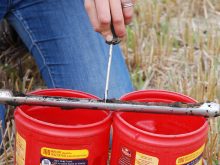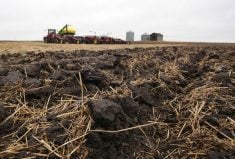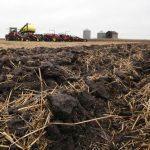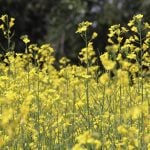A scientist studying silage production says producers can dramatically increase harvest value by double checking the fundamentals of effective silage production.
“It’s not that making good quality silage is difficult,” said Tim McAllister of Agriculture Canada’s Lethbridge Research Centre, “but little mistakes can add up to the biggest losses.”
It is generally easier to ensile cereals than legumes, but no matter what the forage, McAllister’s six steps will improve the process:
- Harvest at the right time. “This is probably the factor that will have the greatest impact on silage quality,” said McAllister. Harvest the forage at the optimal time based on physiological characteristics of the plant rather than the time of seeding. Optimal harvest time for alfalfa is typically at first flower and for annual forages, at the early- to-mid dough stage. Good timing will pay off with better digestibility of plant components and higher yield.
- Target optimal dry matter content of between 27 and 38 percent. High moisture silage can mean seepage loss in the silo and inefficient rations.
Read Also
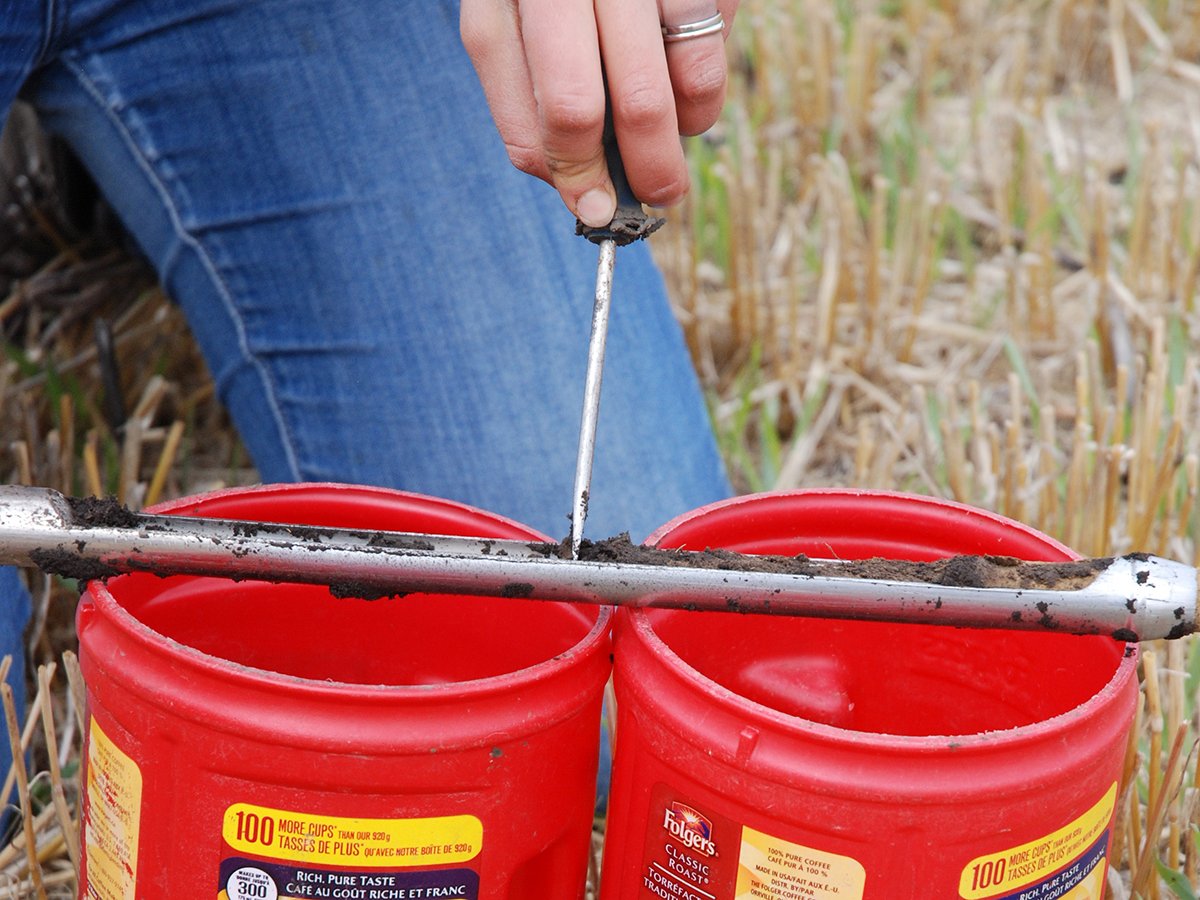
Federal government supports soil health strategy
Sophie Beecher, director general at Agriculture Canada, said at a soil conference in Winnipeg that the feds support the idea of a national soil health strategy.
If the forage is too dry, fermentation is inhibited. Harvest silage at the proper stage of maturity and if necessary, allow to wilt in the field to the optimal dry matter content. Wilting for a short period of time increases the dry matter content by a few percentages, but be careful not to overwilt, as silage quality can be reduced by as much as four percent per day.
- Don’t let the cut crop sit in the field too long. Dry matter content increases with wilting of the crop, but silage quality can be reduced if it sits too long. Plan the cutting so the crop can be ensiled as soon as optimal dry matter content is reached.
- Pack it and keep oxygen out. “The type of silo system producers choose will affect the quality of silage produced,” said McAllister. Tower and bag silos are more effective in controlling oxygen, but larger capacity bunker silos are more practical for meeting higher feed demands.
However, with more surface area exposed to the atmosphere, penetration of both air and moisture can be greater in bunker silos.
Silage losses from bunker silos can be minimized by packing the forage to an optimal density, which not only increases silo capacity but also reduces porosity and penetration of air into the silage mass.
McAllister recommends silage be packed to a minimal density of 225 kilograms of dry matter content per cubic metre. This works out to two minutes of packing time per tonne of silage. To pack beyond that density, producers must weigh the benefits against the increased labor and machinery costs associated with longer packing times.
“The biggest mistake a producer can make when using a bunker silo,” said McAllister, “is not covering the pit with plastic.” Polyethylene sheeting weighted with tires is the most common and effective way of doing this.
- Use a silage inoculant. Inoculants can accelerate post-ensiling acidity, increase the numbers of lactobacilli and can improve dry matter content by two to three percent. Producers must ensure the microorganisms being introduced are in good condition.
While the addition of an inoculant can improve silage fermentation and ultimately animal performance, it is not a replacement for paying attention to the fundamental factors of plant maturity, dry matter content and oxygen exclusion.
- Minimize exposure to oxygen at feeding. The majority of silage dry matter loss occurs during the feeding phase when the silage is exposed to oxygen, which promotes spoilage at the silage face and in the feedbunk.
To minimize this, design silos to match feed demand rate such that at least nine to 15 centimetres (four to six inches) of silage are removed from the face daily. This prevents one location in the silo from being over exposed for too long a time.
Feed “just to appetite” so that little feed is left in the bunk from day to day.
While some of these suggestions may seem obvious, said McAllister, there is a proven benefit to integrating all six steps. Neglecting any component can lead to breakdown in the forage preservation process, cutting into silage yields and affecting quality.




